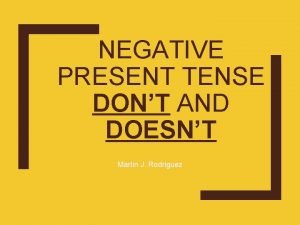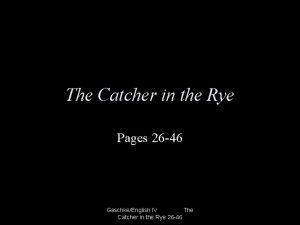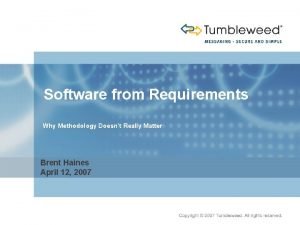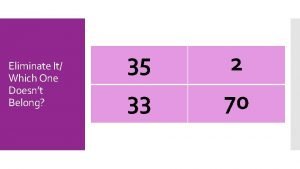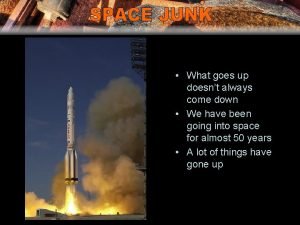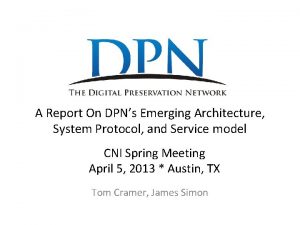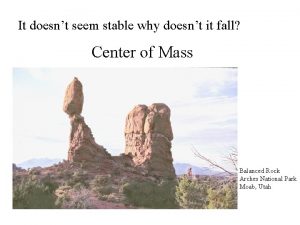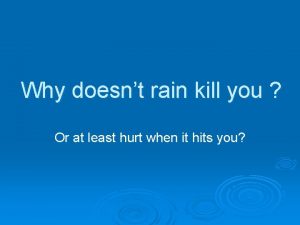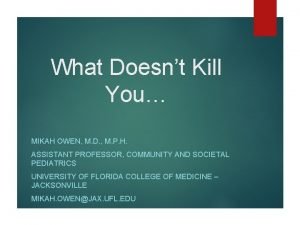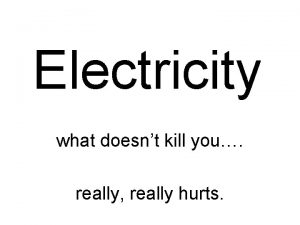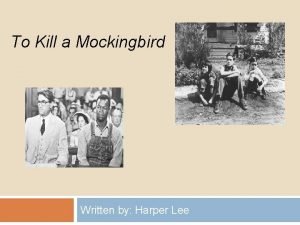What doesnt kill us The impact of DPNs













- Slides: 13

What doesn’t kill us The impact of DPN’s downfall on the nodes

Friedrich Nietzsche, the ^problematic German philosopher, famously said: "That which does not kill us makes us stronger. ". . this panel attempts to answer ‘does it? ’


● Chronopolis was started in early 2000’s and initially funded by Library of Congress NDIIPP grants in mid-2000’s. ● Production launched in 2008. ● Three nodes in three different US regions ● TRAC audit received in 2012. ● Software is all open source. ● About 100 TB in data in the regular network, mostly from UCSD. ● 120 TB allocated to DPN with ~27 DPN members depositing through Dura. Cloud Vault

● ● ● LYRASIS hosted digital preservation service Open source software project Lo. C funded in 2009, production launch in 2011 Storage in: Amazon S 3, Amazon Glacier, Chronopolis Any type of file, any size, any number


DPN Timeline 2012 Original concept announced; founding members 2013 The Case for Building a Digital Preservation Network (Educause Review); tech development 2014 First new DPN staff added 2015 Deposit/ingest tested 2016 First “production” status; ingest via two nodes 2017 Full production status; ingest continues; planned services expand 2018 Exanode finalized; scale of deposit doesn’t sustain business model; shutdown decision made 2019 Content disposition set; DPN Final Report published

DPN Goals 2013 (source: Educause Review Case Statement) “The Archive for Archives” • Resilience (safety net of multiple independently operated repositories; interoperability bridge) • Succession (enable future use by the academy) • Economies of scale • Efficiency (network of proven repositories) • Extensibility (business, technical and legal framework capable of evolving over time) • Security (best practices approach)

How did DPN explain the closure? • Time to market too long (and dev costs too large) – Needs changed, Engagement model not addressed early enough • Institutions not ready to deposit • Legal documents cumbersome and expensive • No single accepted preservation model; competition with campus infrastructures • Members stopped at free storage level • Competition with nodes • Endowment sustainability model never happened • Membership decline • No time to build investment-worthy interim plan

From your perspective, why did the DPN model fail?

Describe what happened at your node after the shutdown of DPN. How did your members/users react? How has DPN’s shutdown impacted your team/community/institution?

What are some elements of a sustainable DDP? What needs to live on from this work? What did we learn?

Audience Q&A
 Metric king henry
Metric king henry What kingdom do viruses belong to
What kingdom do viruses belong to Doesnt tense
Doesnt tense Catcher in the rye page
Catcher in the rye page Youlust porn
Youlust porn It doesnt take
It doesnt take Doesnt really matter
Doesnt really matter Gfletchy 3 act tasks
Gfletchy 3 act tasks What goes up and doesnt come down
What goes up and doesnt come down Thơ thất ngôn tứ tuyệt đường luật
Thơ thất ngôn tứ tuyệt đường luật Các châu lục và đại dương trên thế giới
Các châu lục và đại dương trên thế giới Từ ngữ thể hiện lòng nhân hậu
Từ ngữ thể hiện lòng nhân hậu Diễn thế sinh thái là
Diễn thế sinh thái là Ng-html
Ng-html


